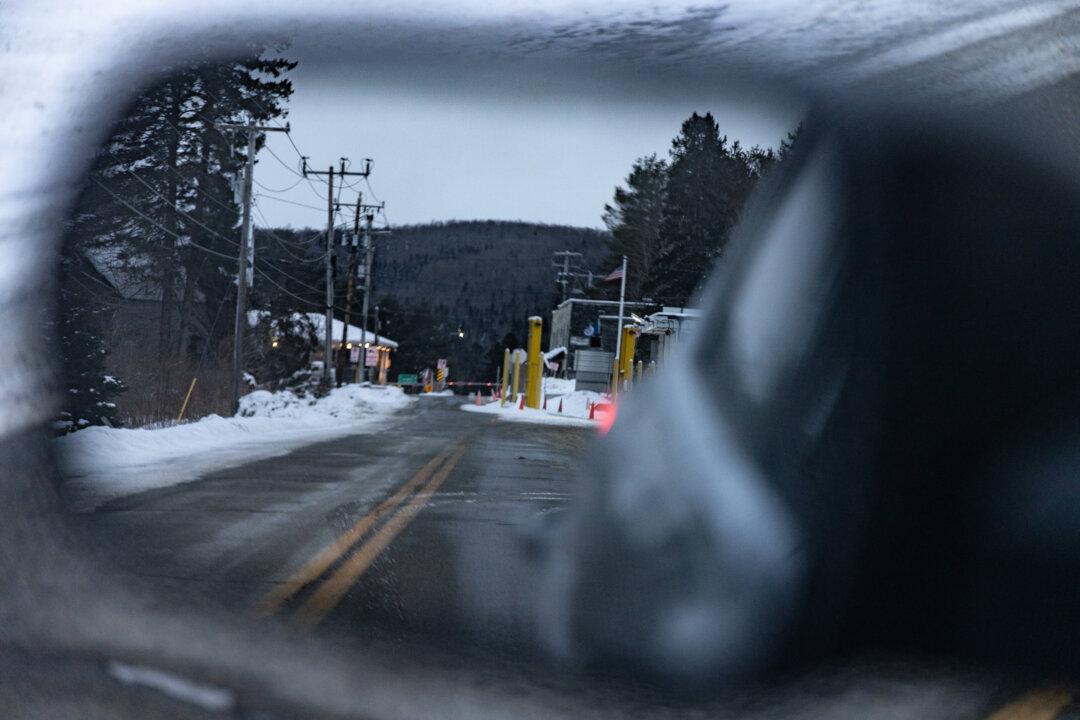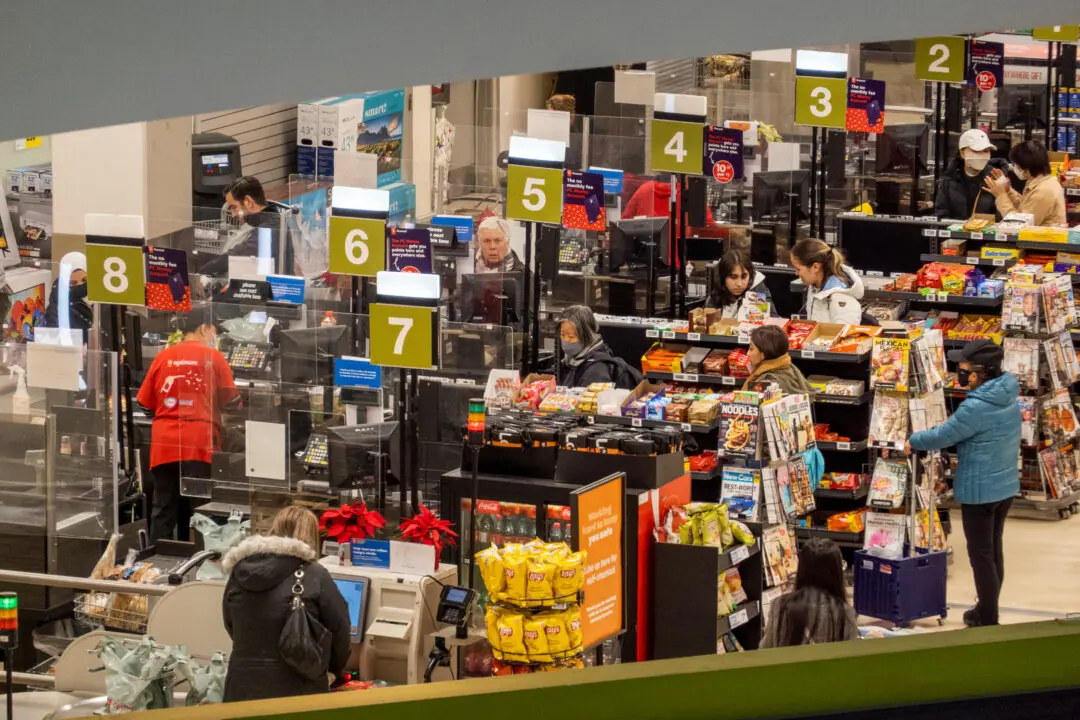
A border crossing checkpoint connecting Canada to the state of Vermont, USA, on Jan. 22, 2024. John Fredricks/The Epoch Times
The Canada Border Services Agency (CBSA) says it’s adopting new technology to reduce wait times at the border.
The agency has announced it is building “the border of the future” using new tools and technologies as well as updated processes, laws, and policies.





